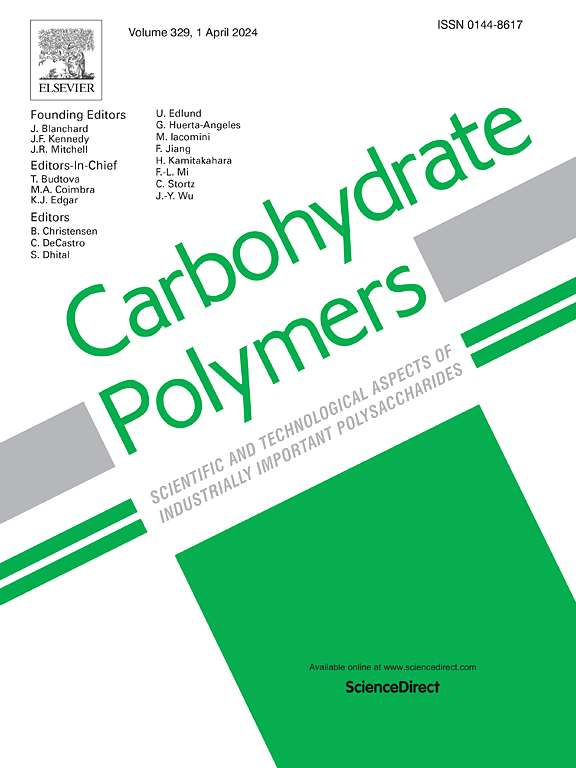Design and evaluation of a supramolecular boron compound using a cyclodextrin-based polyrotaxane for boron neutron capture therapy
IF 10.7
1区 化学
Q1 CHEMISTRY, APPLIED
引用次数: 0
Abstract
Boron neutron capture therapy (BNCT) has recently attracted attention as a new cancer treatment option. In BNCT, boron compounds need to accumulate efficiently in tumor tissues to achieve excellent therapeutic effects. Therefore, it is highly desirable to develop a technology that can selectively and efficiently deliver boron compounds to tumors. In this study, we developed a novel fluorophenyl boronic acid (FPBA)-modified polyrotaxane (FPBA-PRX) and evaluated its potential as a tumor-selective boron compound for BNCT. FPBA-PRX is taken up by tumor cells through the binding between the FPBA moiety of FPBA-PRX and sialic acid on tumor cells. Importantly, the cellular uptake of FPBA-PRX was markedly higher than that of FPBA-modified cellulose (FPBA-CEL) because the FPBA moiety in FPBA-PRX was movable along with the axial chain of PRX, thereby avoiding a spatial mismatch between FPBA and sialic acid in tumor cells. Moreover, the accumulation of FPBA-PRX in the tumors after intravenous administration in mice was higher than that of FPBA-CEL. Furthermore, in vivo antitumor activity of FPBA-PRX was stronger than that of FPBA alone or commercially available boron compounds. These findings indicate the potential of FPBA-PRX as a tumor-selective boron compound for BNCT.

求助全文
约1分钟内获得全文
求助全文
来源期刊

Carbohydrate Polymers
化学-高分子科学
CiteScore
22.40
自引率
8.00%
发文量
1286
审稿时长
47 days
期刊介绍:
Carbohydrate Polymers stands as a prominent journal in the glycoscience field, dedicated to exploring and harnessing the potential of polysaccharides with applications spanning bioenergy, bioplastics, biomaterials, biorefining, chemistry, drug delivery, food, health, nanotechnology, packaging, paper, pharmaceuticals, medicine, oil recovery, textiles, tissue engineering, wood, and various aspects of glycoscience.
The journal emphasizes the central role of well-characterized carbohydrate polymers, highlighting their significance as the primary focus rather than a peripheral topic. Each paper must prominently feature at least one named carbohydrate polymer, evident in both citation and title, with a commitment to innovative research that advances scientific knowledge.
 求助内容:
求助内容: 应助结果提醒方式:
应助结果提醒方式:


